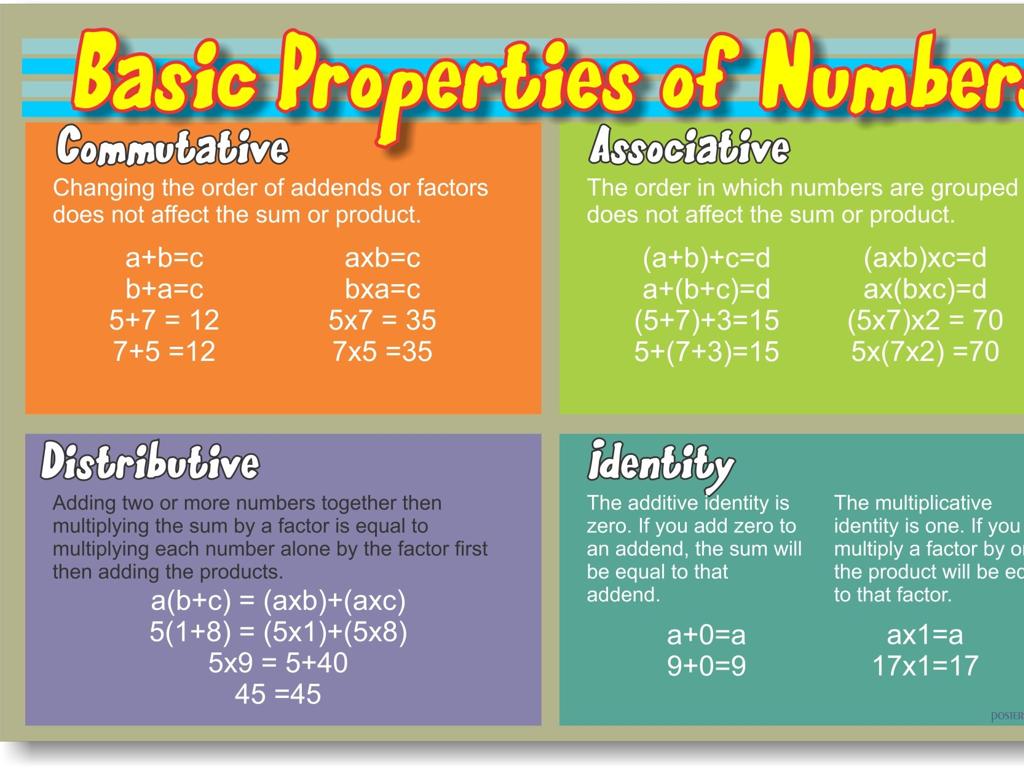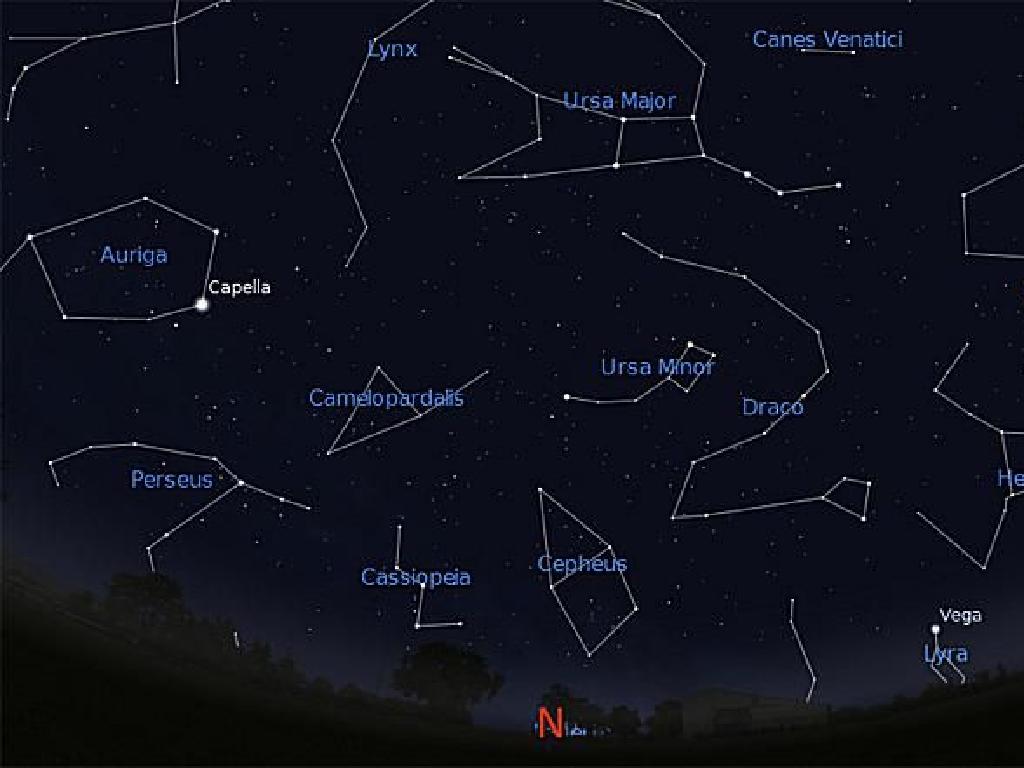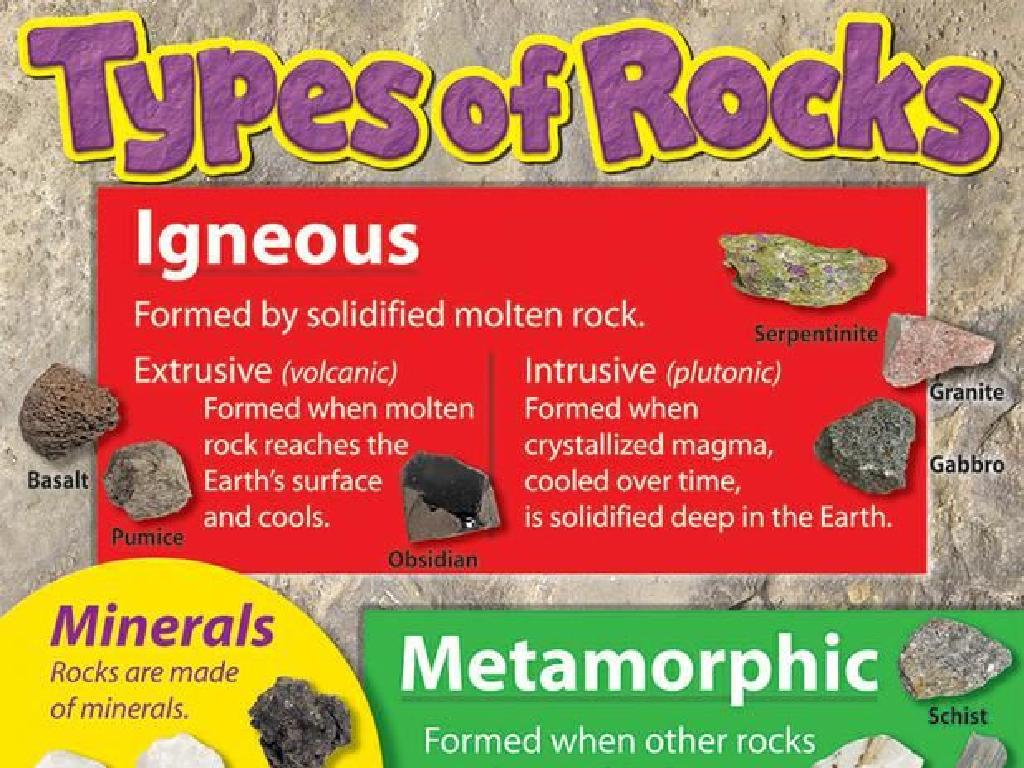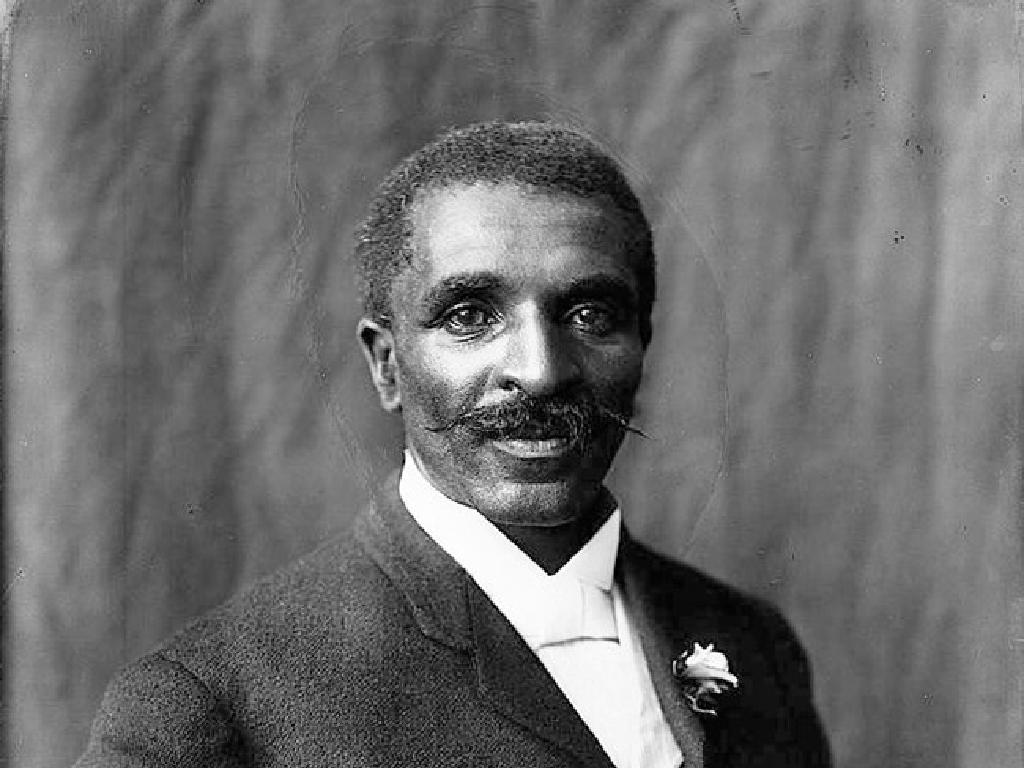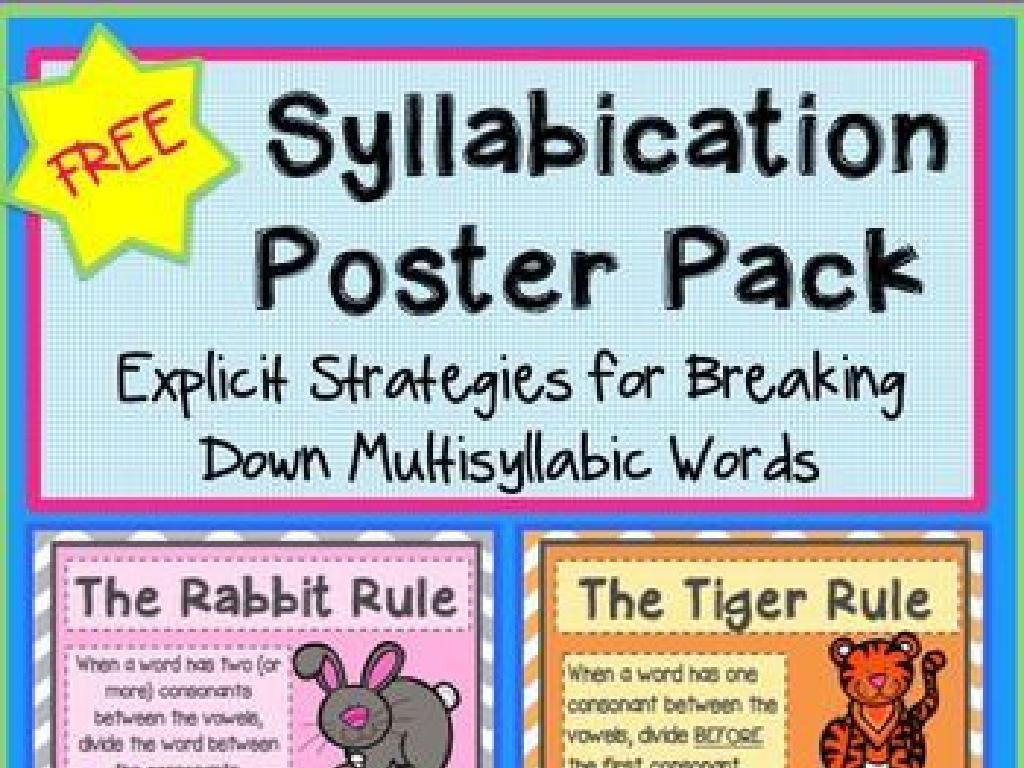Classify Objects By Two-Dimensional Shape
Subject: Science
Grade: First grade
Topic: Shapes And Colors
Please LOG IN to download the presentation. Access is available to registered users only.
View More Content
Welcome to Shapes!
– Greet the class with enthusiasm
– Today’s topic: Shapes around us
– We see many shapes every day without realizing it
– Learn to classify objects by shape
– Understanding shapes helps us describe and organize the world
– Fun activities to practice
– We’ll sort objects like circles, squares, and triangles
|
Begin the class with a warm and energetic greeting to capture the students’ attention. Introduce the topic by explaining that shapes are everywhere and they make up the world around us. Explain that classifying objects by their shape is a way to group things that have the same form. Use simple, everyday objects as examples to show how different items can be sorted into categories like circles, squares, and triangles. Incorporate hands-on activities where students can practice classifying objects from the classroom or pictures from a book. This will help reinforce the concept and make the learning experience interactive and enjoyable.
Exploring Shapes Around Us
– What are shapes?
– Shapes are outlines or boundaries of objects
– Examples of common shapes
– Circle, square, rectangle, triangle
– Shapes are all around us
– Look at your room, playground, or books for shapes
– Recognizing shapes in everyday objects
|
This slide introduces the concept of shapes to first graders, helping them understand that shapes are the outlines or boundaries that define objects. Start by explaining the definition of a shape. Show them examples of common shapes such as circles, squares, rectangles, and triangles. Encourage the students to observe their surroundings and identify these shapes in the classroom, at home, or outside. This will help them recognize and classify objects by their shapes in everyday life. Use real-life objects to demonstrate the shapes, like a clock for a circle or a book for a rectangle, to make the learning process interactive and fun.
Exploring Circles Around Us
– A circle is round
– Circles have no corners
– Find circle-shaped objects
– Look around the room for any items that are round like a circle
– Share your findings with the class
– We’ll discuss as a group what you find
|
This slide introduces the concept of a circle to first graders, emphasizing its round shape and lack of corners. Encourage the students to visually scan the classroom for objects that resemble a circle, such as a clock, a coin, or a button. This activity helps them apply the concept of shapes to real-world objects, reinforcing their understanding. After the students have had time to search, facilitate a group discussion where each student can share the circle-shaped objects they found. This interactive approach not only makes learning fun but also enhances their observational skills and their ability to classify objects based on shapes.
Exploring Squares Around Us
– What is a square?
– A square is a shape with all sides the same length
– Squares have 4 equal sides
– Squares have 4 corners
– Find square objects
– Look around to spot objects shaped like squares
|
This slide introduces the concept of a square to first graders. Begin by explaining that a square is a special type of shape that has four sides of the same length and four corners, which are also called angles. Use simple language and real-life examples that they can relate to, such as a checkerboard or a sandwich cut diagonally. After explaining, engage the students in a fun activity where they look for square-shaped objects in the classroom or at home. This will help them apply their knowledge and recognize squares in their environment. Provide guidance on how to distinguish squares from other shapes like rectangles and encourage them to share the square objects they find.
Exploring Rectangles
– A rectangle has 4 sides
– Two sides are longer
– Like a door or a book
– Two sides are shorter
– Like a picture frame or a phone
– Rectangles are all around us
|
This slide introduces the concept of rectangles to first-grade students. Emphasize that a rectangle is a shape with four sides, where the opposite sides are equal in length. The two longer sides are the same length as each other, and the two shorter sides are the same length as each other. Ask the students to look around the classroom and identify objects that have a rectangular shape. Possible examples include the classroom door, a book, a picture frame, or a phone. This activity will help students recognize rectangles in their environment and understand their properties. Encourage the students to think about where they see rectangles at home or outside of school as well.
Exploring Triangles Around Us
– What is a triangle?
– A shape with three straight sides and angles
– Triangles have 3 sides
– Triangles have 3 corners
– Find triangles in the classroom
– Look for objects like pizza slices or a yield sign
|
This slide introduces the concept of triangles to first-grade students. Begin by explaining that a triangle is a simple shape with three straight sides and three angles. Emphasize the characteristics of a triangle by counting the sides and corners together with the class. Then, engage the students in a fun activity where they search for triangle-shaped objects in the classroom or their environment. This could include items like a piece of pizza, a yield traffic sign, or a musical triangle. Encourage the students to think creatively and share their findings with the class. This activity helps to reinforce their understanding of geometric shapes and their properties in a practical and interactive way.
Classifying Shapes by Two-Dimensional Figures
– What does classifying shapes mean?
– Classifying is like sorting laundry by color or type
– Sort shapes into groups
– Put all the same shapes in one group
– Circles, squares, rectangles, triangles
– Look for round, 4 equal sides, 4 sides, 3 sides shapes
– Practice with real objects
|
This slide introduces the concept of classifying, which in this context means sorting or grouping objects based on their shape. Explain to the students that just like they might sort their toys or clothes at home, they can sort shapes into different groups. Use simple, relatable examples such as sorting fruits by shape or sorting blocks. Show them examples of circles, squares, rectangles, and triangles, and explain the characteristics of each shape. Encourage the students to practice by classifying objects in the classroom or at home. This activity will help them recognize and understand two-dimensional shapes in their environment.
Shape Hunt Adventure
– Let’s go on a shape hunt!
– Find objects matching shapes
– Look for circles, squares, triangles around us
– Draw the shapes you find
– Use your paper to draw the shapes like a detective
– Share your drawings with the class
|
This activity is designed to help students recognize and classify objects by their shapes in a fun and interactive way. Encourage the children to explore the classroom and identify everyday items that match basic two-dimensional shapes such as circles, squares, and triangles. Provide them with drawing materials and ask them to replicate the shapes they find on their paper. Once everyone has completed their shape hunt, have a show and tell session where students can display their artwork and discuss the shapes they discovered. This will reinforce their understanding of shapes and also improve their observational skills.
Show and Tell: Shape Hunt Adventure
– Share your shape hunt finds
– Explain why objects fit a shape group
– Think about the sides and corners of your objects
– Discuss shapes with classmates
– Learn from others’ findings
|
This slide sets the stage for a ‘Show and Tell’ activity following a shape hunt. Students will bring objects they have found and explain why these objects belong to specific two-dimensional shape categories such as circles, squares, triangles, or rectangles. Encourage them to consider the number of sides and corners each object has. This activity will help reinforce their understanding of shapes in a fun and interactive way. It also provides an opportunity for students to practice their speaking skills and learn from their peers. As a teacher, facilitate the discussion, correct any misconceptions, and ensure each child gets a chance to participate.
Class Activity: Shape Collage Creation
– Create a collage with shapes
– Select paper shapes for your picture
– Choose from circles, squares, triangles, etc.
– Use glue to assemble your artwork
– Think about where each shape should go
– Display your collage in class
|
This activity is designed to help students recognize and classify two-dimensional shapes by creating a collage. Provide a variety of pre-cut paper shapes like circles, squares, triangles, rectangles, and hexagons. Encourage the children to think creatively about how they can use these shapes to represent objects or scenes. Assist them with gluing if necessary and ensure they have a clear workspace. Once completed, plan to have a gallery walk where students can admire their classmates’ collages. This will foster a sense of community and allow them to see the diversity in their creations. Possible variations of the activity could include using different textures, creating themed collages, or working in pairs.

